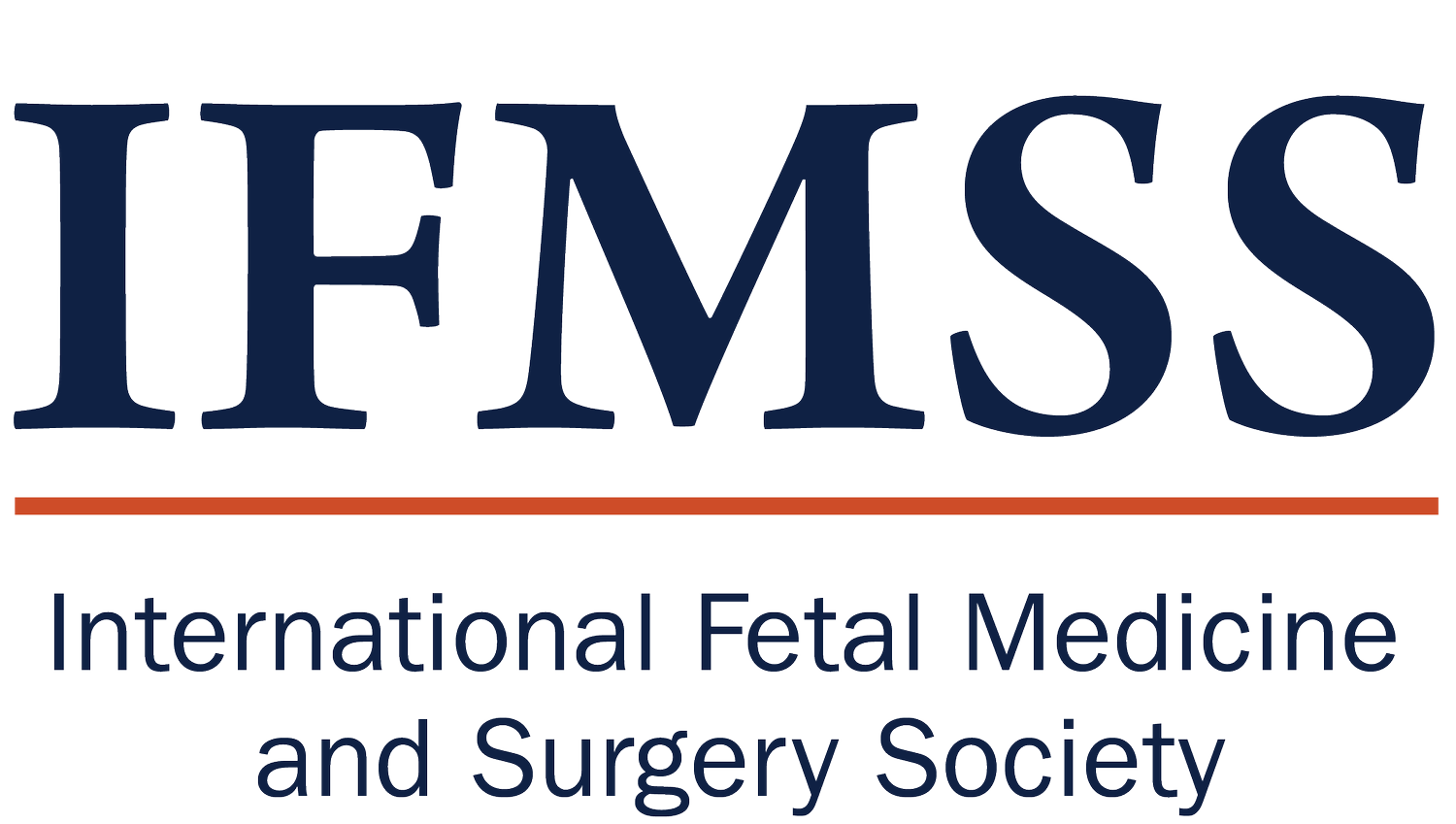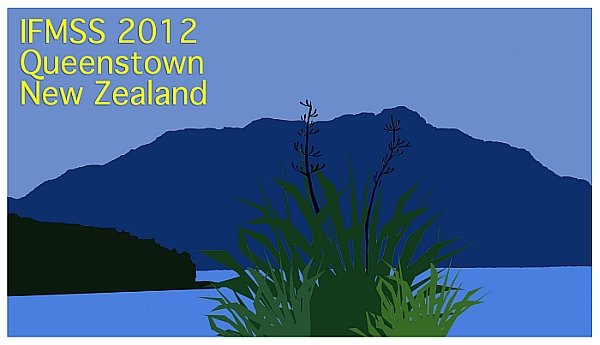
31st Annual Meeting
Queenstown, New Zealand, 2012
Meeting Details
President and Host: Kevin Pringle
Venue: Crowne Plaza Hotel
Dates: 30 March - 4 April 2012
Scientific Meeting Presentations: 47
About the Logo
This Logo was designed in consultation with the Hokonui Runanga, representing Ngai Tahu, the largest Iwi (or tribe) in the South Island, who share a joint interest as “Tangata Whenua” (People of the Land) with other (Murihiku and Otakau) Runanga for the Lake Wakatipu (Queenstown) area. The mountain is based on Cecil Peak, which is the mountain directly across the lake from the Crowne Plaza Hotel. The lake represents Lake Wakatipu. Wakatipu (or Whakatipu:- according to most sources, this is the correct original spelling) means to grow and nurture as in raising children and families. The story goes that this was a place that whanau and hapu (or local families) would retreat to following a battle. They would then rest and recuperate and regain their strength before returning to their lands in an effort to reclaim them.
The Flax bush has been chosen because it is a common native plant in the region, and also because there is a parallel between the biology of the flax bush (Harakeke, in Maori) and our Society. The flax has a central “parental” part that should not be harvested, or this Taonga (special treasure) species will die. This is represented by the large plant in the centre of the bush. In the Logo, they symbolize the “Founding Fathers” (or “Founding Mothers”) of the Society. The outside leaves can be harvested, but if left to themselves will bud off and eventually develop into “parental” plants themselves. The two smaller outside plants on the Logo represent the whole membership of IFMSS. The stalks are flower heads, representing the embryos, fetuses and children that we treat. The seeds that eventually arise from these are the legacy that we, collectively and individually, leave behind.
It should also be noted that the harakeke (flax) had an important part to play in Maori Medicine. Various parts were used for the treatment of several different diseases.





